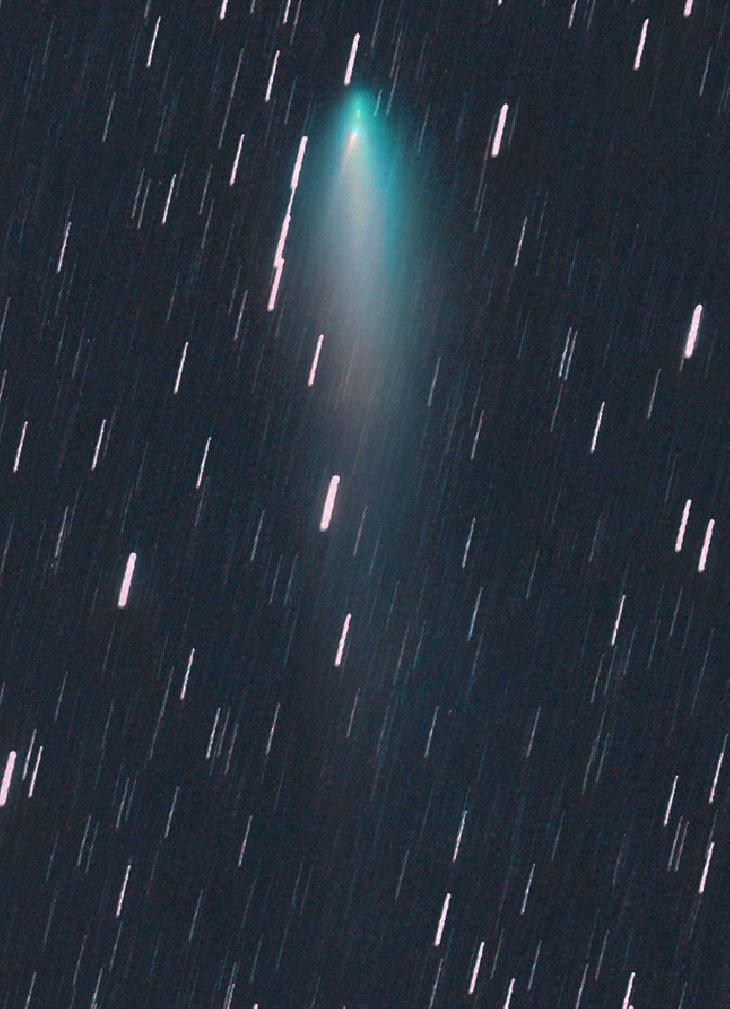Comet ATLAS Findings Could Help Determine Age Of Other Comets
KEY POINTS
- Scientists were able to learn from Comet ATLAS even after it disintegrated
- Scientists determined the composition of its coma before and after disintegrating
- The findings suggested its coma was high in carbonaceous material
- This could help to determine how much time other comets have spent in the solar system
By studying the recently disintegrated Comet ATLAS, an international team of astrophysicists determined that the carbon found in comets may provide clues as to how much time they spent in the solar system. This could help determine the age of other comets as well.
Earlier in the year, Comet ATLAS (C/2019 Y4) disintegrated after it was predicted to become the brightest comet of 2020. Although it did not provide the stellar celestial show many people were hoping to see, it did provide an opportunity for scientists to study it.
In a recently published study, an international team of researchers described the observations they were able to make of Comet ATLAS, particularly of the content of its coma or the haze of evaporated gas and dust particles that envelopes the nucleus of the comet. This was what gives comets a "fuzzy" appearance.
"Luckily, we had begun photometric and polarimetric studies before the process started, and because of that, we are able to compare the composition of the coma before and after the disintegration," study co-author Ekaterina Chornaya, from Far Eastern Federal University in Russia, said.
Based on the data, the researchers found that during the disintegration process, there was a dramatic spike in carbonaceous material.
"The observations suggest that the primordial material stored within comets are extremely rich in carbonaceous material," the researchers wrote. The primordial matter is the ancient material from the early days of the solar system and comets are believed to contain it.
This could mean that measuring the carbonaceous material in other comets could also help scientists determine how much time they have spent in the solar system, with the comets high in carbonaceous material having spent less time in the solar system than those with much less carbonaceous material.
Comets are much like giant snowballs in space. When they pass close to the Sun, the ice on the surface melts and forms a coma, which includes dust and primordial matter. This means the comets that frequent the Sun have less primordial matter because it has often been subjected to heating, while those that only come occasionally have more primordial matter.
In the case of Comet ATLAS, the levels of carbonaceous materials are very high. Scientists have estimated it to have visited the solar system approximately every 5,400 years. Although it has already disintegrated, the findings that were gathered from observing it could help with the observations of other future comets.
The study was published in Monthly Notices of the Royal Astronomical Society.

© Copyright IBTimes 2024. All rights reserved.






















